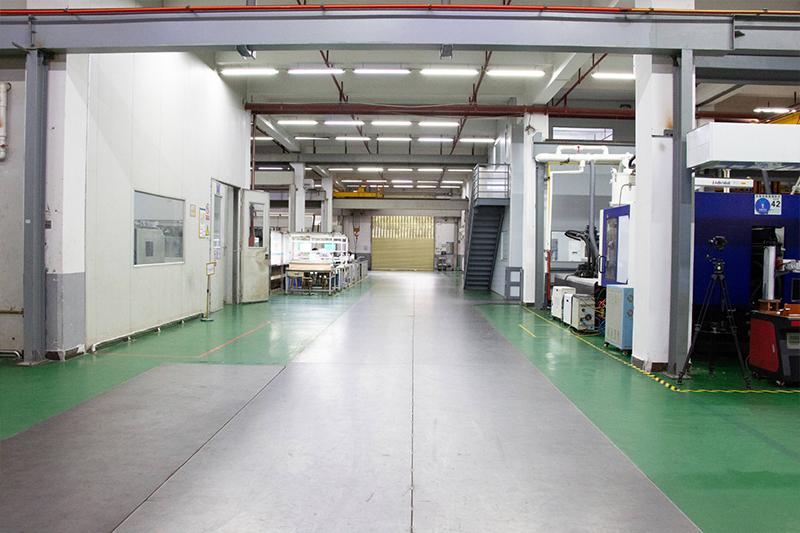What are the components of the injection mold pouring system?
The pouring system of an injection mold refers to a system in which the molten plastic material is injected from the injection molding machine into the mold. It consists of multiple components, each with a specific function.
The following are the eight main components of the injection mold pouring system:
Nozzle: Nozzle
The nozzle is the part that connects the injection molding machine to the mold and is responsible for injecting the molten plastic material from the injection cylinder of the injection molding machine into the feed channel of the mold. Nozzles are usually made of wear-resistant materials to resist wear in high temperature and high pressure environments.
(2) Feed Runner:
The feed channel is a channel system that transfers the molten plastic material from the nozzle to the mold. It usually consists of a main feed channel and a branch feed channel. The main feed channel connects the nozzle to the gate of the mold, while the branch feed channel guides the molten plastic material to different chambers or locations in the mold.
(3) Gate:
The gate is the part that connects the feed duct to the mold chamber and determines the location and manner in which the molten plastic material enters the mold. The shape and size of the gate will directly affect the quality and demoulding performance of the product. Common gate forms include straight line, ring, fan and so on.
(4) Splitter plate (Sprue Bushing) :
The diverter plate is located between the feed passage and the gate and acts as a diverter and guide to the molten plastic material. It can evenly guide the molten plastic material to different branch feed channels or mold chambers to ensure product filling uniformity and consistency.
(5) Cooling System:
The cooling system is a very important part of the injection mold, which controls the mold temperature through the cooling medium (such as water or oil) to ensure that the product can be quickly solidified and demoulded during the injection process. The cooling system usually consists of cooling channels and holes, which are located in the core and chamber of the mold.
(6) Pneumatic System:
The pneumatic system is mainly used to control the moving parts in the mold, such as thimble, side tie rod, etc. It provides compressed air through pneumatic components (such as cylinders, air valves, etc.) so that these moving parts can operate in a predetermined order and time.
(7) Venting System:
The exhaust system is used to remove air from the mold to avoid bubbles or other defects during injection molding. The exhaust system is usually composed of exhaust grooves, exhaust holes, etc. These structures are located in the mold closing surface or chamber.
(8) Ejection System:
The injection system is used to detach the product from the mold after injection molding. It includes a thimble, ejector plate, ejector rod and other components, through mechanical force or aerodynamic force to push the product out of the mold.
These are the main components of the injection mold pouring system. Each part has a specific function and works in concert with each other to ensure the smooth progress of the injection molding process and the stability of product quality.
Post time: Sep-25-2023





